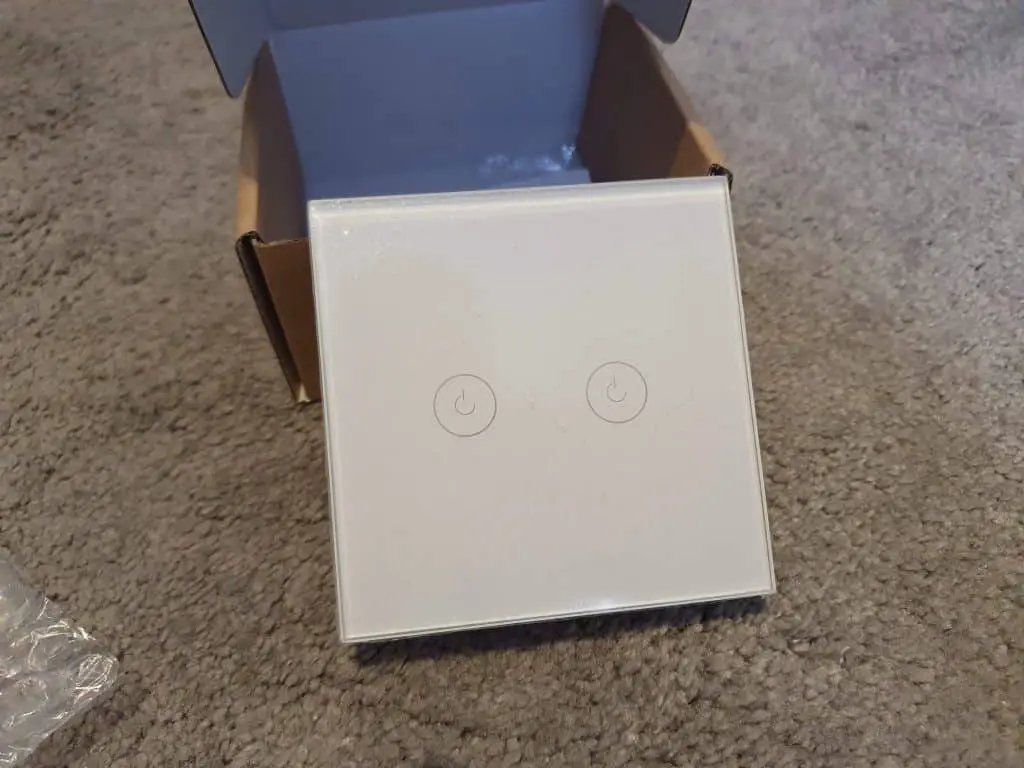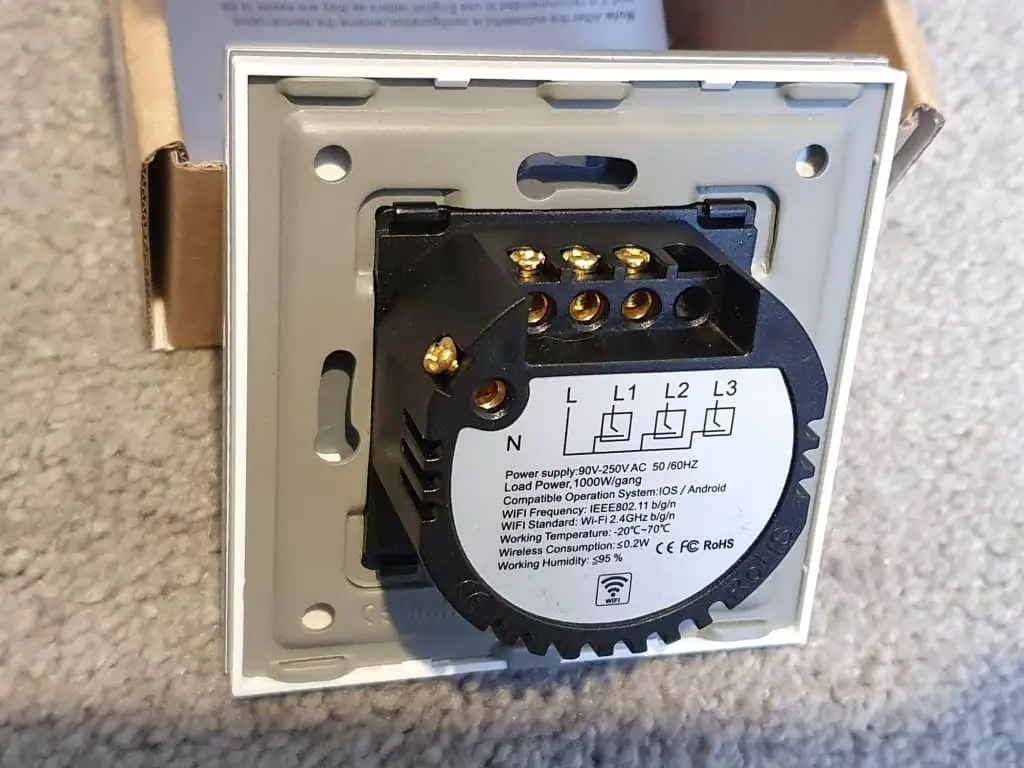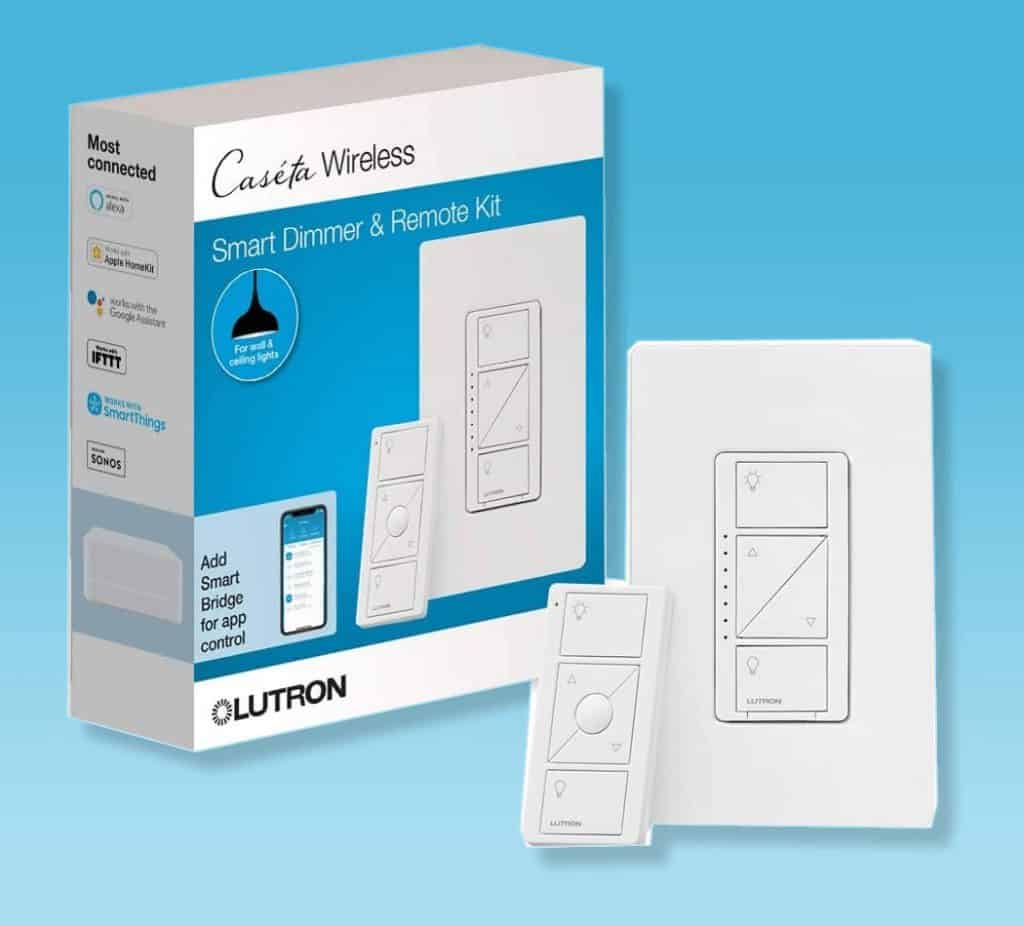Smart light switches are always technically consuming power even when switched off. These interesting light switches are fairly distinctive from the traditional light switches that many people are used to in this, and other aspects. Not only does this article help you understand how they work, but it also delves into other things about them.
How Smart Light Switches Work

Smart light switches generally work systematically. They are wired into the electrical wiring found in homes, replacing the rooms’ existing light switches. Once you have a smart light switch wired into your house, the switch will work by drawing electrical power and then using a wireless communication protocol to ‘speak to a central hub. Wi-Fi is usually the most common communication protocol used by these smart light devices.
Once your smart switch connects to your Wi-Fi network, you can securely communicate with it online and use a smart speaker or an app on your smartphone or any other device to tell the switch to turn the lights on or off as needed.
However, it’s not only Wi-Fi that can enable you to operate your smart light switch. Other alternative communication protocols (CPs) can equally allow you to do so. These include Z-wave and ZigBee both of which are wireless. On top of that, both wireless CPs are more efficient and economical when it comes to electrical power consumption than Wi-Fi. Last but not least, they are more reliable than Wi-Fi.
Finally, some smart light switch models feature in-built motion sensors. These sensors automatically turn the lights on or off as you walk into or out of the room, respectively.
Basic Types of Smart Light Switches
Smart light switches are mainly classified into two. The classification depends on whether or not the switches consist of a neutral wire. Here’s more about each one of them:
1. Smart Light Switches That Require a Neutral Wire

The majority of smart light switches fall in this category because the electrical wiring in most American houses includes a neutral. Just as the name implies, these smart light switches require a neutral wire because they need to stay powered all the time even when the bulbs and other appliances that are hooked to them are switched off. This is crucial because they need to be listening on some radio frequency whether that be Wi-Fi, Zigbee, or Z-wave at all times, which is what makes them ‘smart’.
The neutral wire helps the power flow by providing a return path for the currents. Without it, there would be a single circuit in the power flow. This means that the switches would lose not only the power but also the ability to listen to the radio frequency, which enables them to execute your commands.
GE Cync Smart Switch Motion Sensing Dimmer and Leviton Decora Smart Wi-Fi Dimmer (2nd gen) are arguably some of the best smart light switch products that require a neutral wire. The rest include but are not limited to Brilliant Control Panel and Philips Hue Dimmer.
2. Smart Light Switches That Don’t Require a Neutral Wire

Also known as “No-Neutral Smart Switches”, these smart light switches are designed to work without having to rely on the neutral wire. They work in two ways;
- Some switches come with a built-in battery. Such switches work by charging the internal battery when the bulbs and other appliances connected to them are on such that they will remain powered on even after the bulbs and appliances have been switched off. That way, they can continue to listen on the radio frequency and execute your commands effectively.
- Other switches allow a small amount of current through on the flow path of electricity even when the bulbs and appliances are switched off. This process causes a complete circuit that is enough to power up the switches but not the bulbs or appliances hooked to the setup.
Though not as common, no-neutral smart light switches are offered by a few brands out there. C by GE 3-Wire Smart Dimmer Switch and Lutron Caseta’s Dimmer Switch range are arguably some of the best no-neutral smart light switches on the market. The only slight drawback of the former is that it requires a second bridge or hub before you can access its full suite of smart features. Other great products include but are not limited to Inovelli Red Series ZWave Dimmer Switch and Shelly 1 Relay.
How Much Energy Do Smart Light Switches Use?
You might be reluctant to have a smart light switch because you think that smart light switches consume extra power. However, the reality is that these smart switches use very little electricity and therefore you don’t have to shy away from them, thinking that you’d pay higher power bills.
Using different radio wave frequencies such as Wi-Fi, Z-wave, or ZigBee, smart switches consume between 0.2 and 0.5 watts of electricity when on standby. On the other hand, your flat-screen TV, which is probably one of the least power-consuming appliances in your home, consumes 0.5 to 3 watts when idle.
Final Thoughts
Smart light switches are a useful technology that let you control your hardwired lights and some of your home appliances with your voice or smartphone. Many smart homeowners prefer these switches to traditional switches because they provide unparalleled convenience when it comes to controlling your smart bulbs and some appliances.
They are called “smart” because they work by listening on a radio frequency(whether that be Wi-Fi, Zigbee, or Z-wave) at all times. This process allows them to perform your commands at any time. As such, your smart switch needs to receive electrical power at all times even when the smart lights and appliances to which they are connected are switched off.
Some switches rely on the neutral, which ensures constant power flow instead of a single circuit by providing a return path for the currents. This means that the switches wouldn’t lose power, which they need to be able to listen to the radio frequency and execute your commands when the bulbs and appliances are switched off. Other switches have different mechanisms of staying powered on(including an in-built battery) without relying on the neutral.
